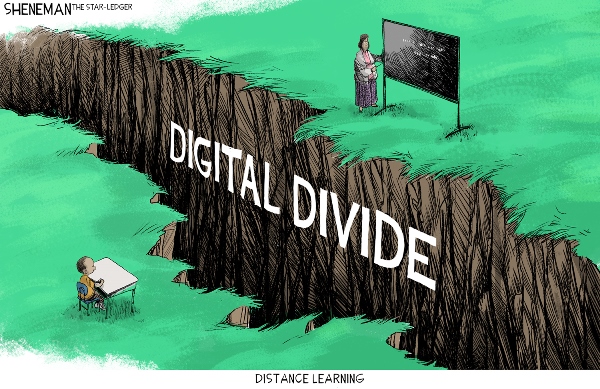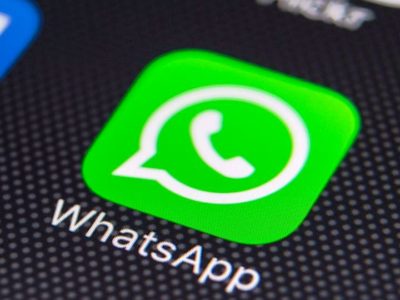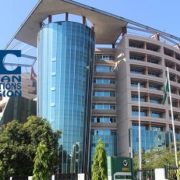By 2026, the percentage of the global population that is connected to the internet will increase from 58% to 70%, according to Omdia’s Global Fiber Development Index. Of the 70%, 30% of the population will have access to the internet via a mobile device, and 40% will have a home fixed broadband connection. Although the connectivity divide is closing, speed and service inequalities are unfortunately widening.
RELATED Universal Broadband Access Vital To Driving Global Economic Recovery – UN
In Latin America, for example, although 44% of the population will have access to fixed broadband services by 2026, only 5.3% will be on a connection delivering 500Mbps or more, and only 1% will have speeds of more than 1Gbps. In contrast, in North America the equivalent factors are 77%, 26%, and 11% respectively, and they are 66%, 40%, and 10% in Oceania, Eastern & South-Eastern Asia. At the other end of the spectrum, only 9% of the African population will have access to fixed broadband, with 84% of those users limited to speeds of less than 30Mbps.
Singapore continues to lead Omdia’s Fiber Development Index in 2021, followed by South Korea, United Arab Emirates, China, and Qatar. The first European countries in the ranking are Spain and Sweden in seventh and eighth position. They are closely followed by Luxembourg and Romania. The US heads the Americas region and is positioned 18th in the world overall. The 2021 full ranking results are available here.
As a broadband access technology, optical fiber provides an optimized, highly sustainable, and future-proof quality service. “Beyond economic benefits, an all-fiber network has significant environmental benefits over both xDSL and hybrid fiber coaxial (HFC) networks,” said Michael Philpott, Research Director, Omdia. “In 2019, Telefónica (Spain) stated that its FTTH network was 85% more energy efficient than its old copper infrastructure. The operator said its FTTH initiative had saved 208GWh over three years, representing a reduction of 56,500 tons of CO2 emissions. As countries move to a greener future, fiber-optic-based communications must be part of that plan.”
Greater investment in advanced, full-fiber broadband networks, is essential to closing this digital divide. To track the market, Omdia created the Global Fiber Development Index in 2020, that monitors investments in fiber across all parts of the network on a country basis. The Index covers 81 territories and is updated annually. Beyond coverage and household penetration, the benchmark tracks and ranks all elements of fiber network investment, specifically fiber access, mobile fiber backhaul, core fiber backhaul, and overall fiber QoS, which is currently measured by overall average downlink and uplink speed.
Omdia brings its significant expertise in and coverage of broadband infrastructure, technology, strategy, and telecommunication regulations to bear in the development and analysis of the fiber development index. The index has now been recognized by ETSI’s F5G group as being best practice for measuring fiber development.
View the full report here.





























